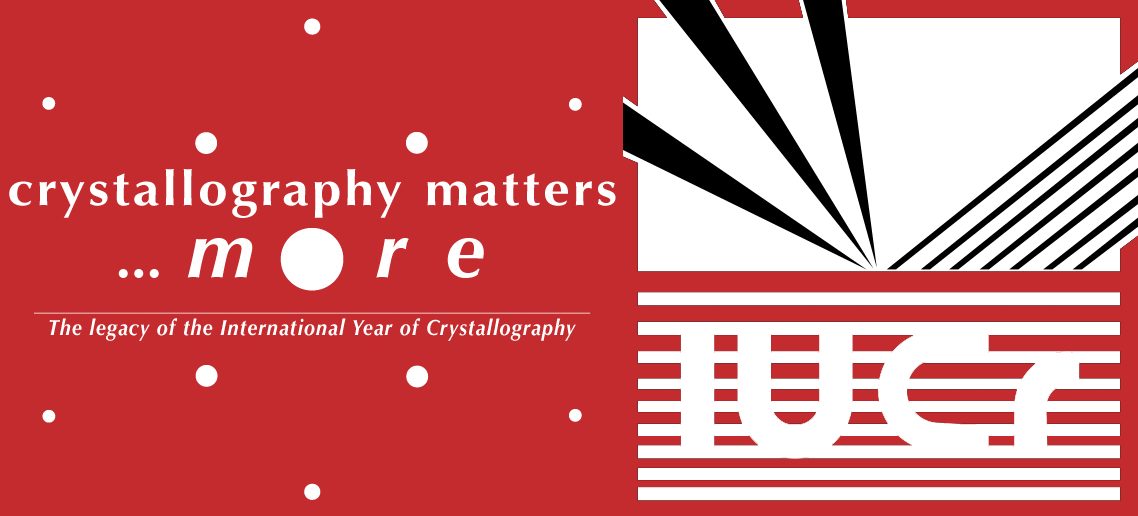issue contents
May 2020 issue

Cover illustration: The molecular structure of [1,2-bis(diisopropylphosphanyl)ethane-![[kappa]](/logos/entities/kappa_rmgif.gif) 2P,P'](2-fluoro-N-{[(2-fluorophenyl)azanidyl]carbonyl}anilinido-
2P,P'](2-fluoro-N-{[(2-fluorophenyl)azanidyl]carbonyl}anilinido-![[kappa]](/logos/entities/kappa_rmgif.gif) 2N,N')nickel(II) comprises an NiII atom with a distorted square-planar coordination environment (geometry index
2N,N')nickel(II) comprises an NiII atom with a distorted square-planar coordination environment (geometry index ![[tau]](/logos/entities/tau_rmgif.gif) 4 = 0.195). The crystal structure displays C-H
4 = 0.195). The crystal structure displays C-H O and C-H
O and C-H F hydrogen-bonding interactions, leading to chains with R22(12) motifs extending parallel to [100]. This compound might be of interest with respect to the production of urea and carbamate derivatives of nickel(II). See: Flores-Alamo, Perez-Ortiz, Arevalo & Garcia [IUCrData (2020). 5, x200649].
F hydrogen-bonding interactions, leading to chains with R22(12) motifs extending parallel to [100]. This compound might be of interest with respect to the production of urea and carbamate derivatives of nickel(II). See: Flores-Alamo, Perez-Ortiz, Arevalo & Garcia [IUCrData (2020). 5, x200649].
metal-organic compounds


 access
access

 access
access

 access
access

 access
accessorganic compounds


 access
access

 access
access

 access
access

 access
access

 access
access

 access
accessaddenda and errata
 access
access

 journal menu
journal menu






















![[publCIF]](/logos/authorchecklist11.gif)





